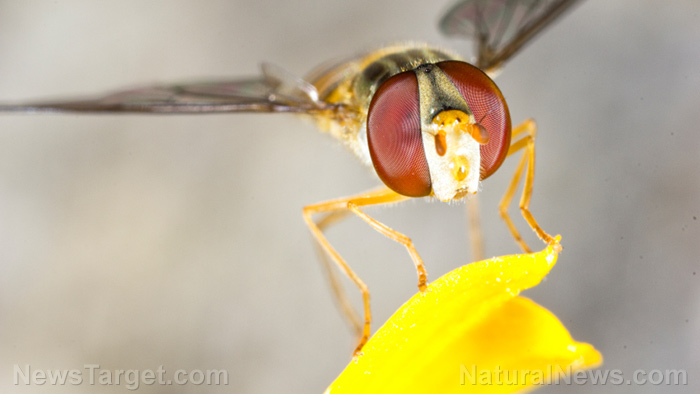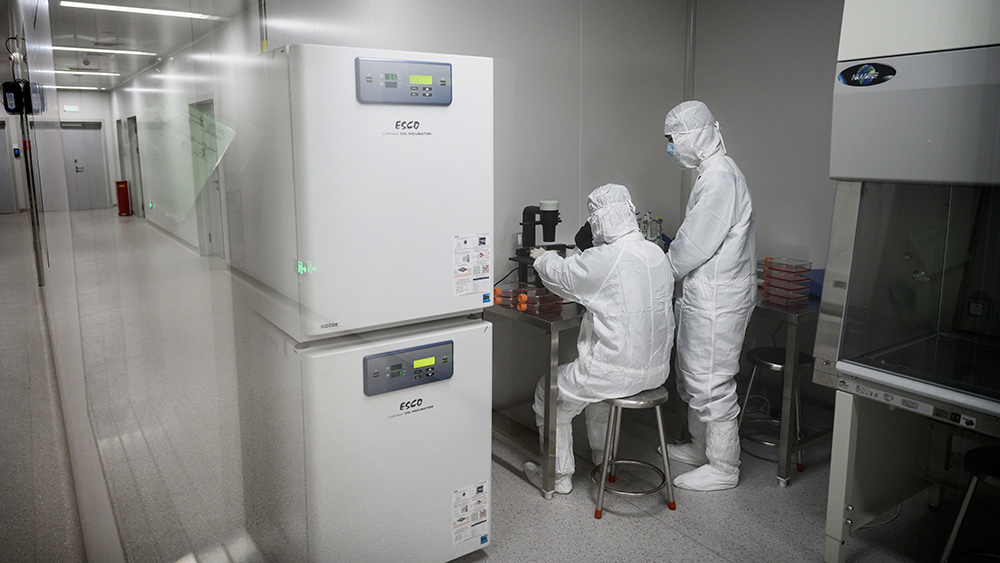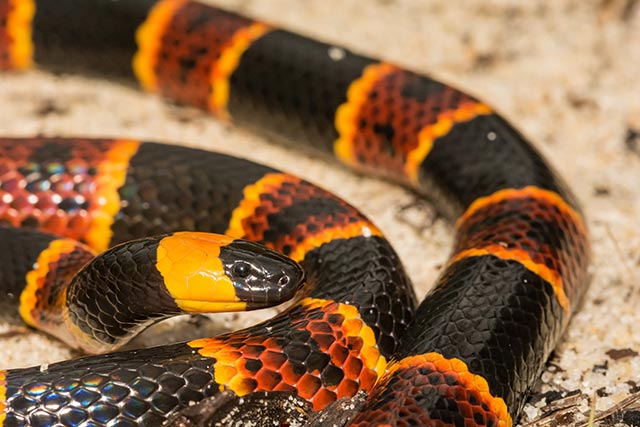Natural remedy for Parkinson’s? Wasp venom shows surprising promise as a treatment
02/28/2018 / By Zoey Sky

According to a recent study, venom from “the enigmatic wasp Ampulex compressa” can one day be used for Parkinson’s disease treatments.
Scientists from the American Chemical Society (ACS) have observed interactions between A. compressa and the American cockroach, and once stung by the former, the latter will lose control of its behavior. The parasitic wasp then uses the cockroach as a host for its egg. After several days, the hatchling will feed on the live cockroach.
However gruesome the process, the scientists report that it has helped them identify a new family of peptides present in the wasp’s venom. Peptides are a compound made up of two or more amino acids linked by peptide bonds.
They add that the wasps could be using the peptides to control the minds of the cockroaches and that it might help them develop more efficient Parkinson’s disease treatments. The findings were reported in the ACS journal Biochemistry.
This isn’t the first time that scientists have looked into the use of venoms, like the one procured from A. compressa, in the search for “novel and potent molecules” that can help treat diseases, aside from other applications. (Related: Peppers, berries, leafy greens: What to eat to protect your brain from dementia, Parkinson’s.)
The wasp’s venom employs a two-step approach against the cockroach. The first sting targets the thorax, which paralyzes the cockroaches front legs. The second sting targets the brain, and this makes the roach zealously groom itself, after which it falls into a state of inactivity. This then lets the wasp control the cockroach.
This state of immobility resembles some of the symptoms of Parkinson’s disease, and they may both be linked to “dysfunction in the dopamine pathway.” For this particular study, Michael E. Adams and his colleagues made it their goal to isolate the ingredients in wasp venom that makes this possible.
To do this, the researchers milked venom from wasps. The components of the venom were then analyzed via liquid chromatography and mass spectrometry. The team was able to identify a new family of alpha-helical peptides, which they called ampulexins.
To determine the function of the ampulexins, the researchers injected the venom peptide into cockroaches. After receiving the dosage, the roaches required electric shocks averaging at least 13 volts (V) before they started moving again.
Initially, the cockroaches only required 9V shocks to the foot before they started moving, which indicates that the ampulexins do help the wasp incapacitate prey. Forthcoming research will be aimed at determining the cellular targets of ampulexins and “potentially generating a useful animal model for the study of Parkinson’s disease treatments.”
Natural ways to reverse Parkinson’s disease
Parkinson’s disease refers to the deterioration of brain health and the central nervous system, and if it’s not addressed immediately, patients with the disease can also experience other health concerns like Alzheimer’s disease or dementia.
However, while the study concerning ampulexins from A. compressa continues, here are some natural ways to help reverse Parkinson’s disease:
- Consuming more fresh and organic fruits and vegetables – Fruits and vegetables will give your body all the nutrients it body needs such as amino acids, antioxidants, enzymes, fiber, flavonoids, minerals, phytonutrients, and vitamins.
- Detoxification – Through detoxification, you can purge the various toxins that accumulate in your body. There are also various kinds of detoxification such as a gastrointestinal cleanse, which improves regularity and gut health; a liver cleanse and nutritional support, which helps the liver filter the blood more effectively; and a juice cleanse, which can detoxify the system.
- Eat fermented foods full of probiotics – Problems with gut health are often caused by an imbalance in the gut flora. To replenish the healthy bacteria in your gut, eat fermented foods like kefir, kimchi, kombucha tea, sauerkraut, and tempeh (fermented soy). Consuming food rich in beneficial bacteria can help your body efficiently break down environmental toxins and detoxify heavy metals.
You can learn more about other fascinating scientific discoveries at WeirdScienceNews.com.
Sources include:
Submit a correction >>
Tagged Under:
A.compressa, alpha-helical peptides, alternative medicine, American cockroach, Ampulex compressa, ampulexins, Chemistry, goodsience, mind-controlling molecules, natural remedies, parasitic wasp, Parkinson's Disease, Parkinsons, Parkinson’s disease treatments, peptides, venom, wasp venom, weird science
This article may contain statements that reflect the opinion of the author
RECENT NEWS & ARTICLES
COPYRIGHT © 2017 SCIENTIFIC NEWS




















